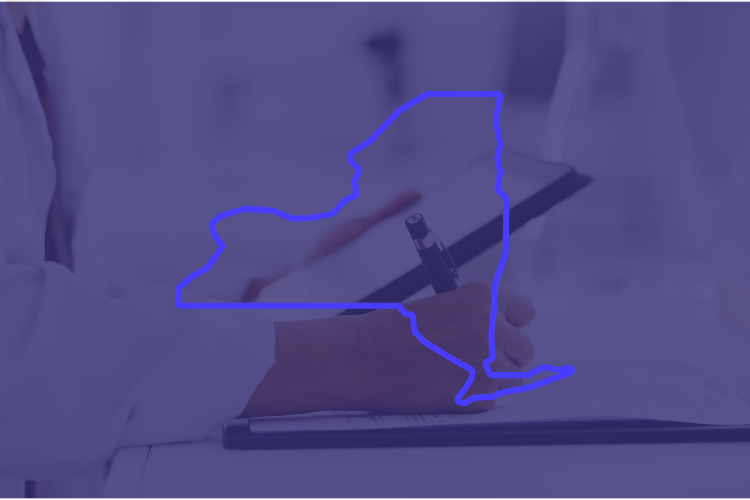Managing healthcare compliance in New York is adhering to regulations that aim to ensure access to care, promote healthcare equity, and maintain high standards of healthcare quality and patient safety.
Healthcare organizations in the state must maintain a thorough understanding of New York’s specific healthcare regulations and align their practices accordingly. This includes compliance with licensing requirements for healthcare providers and facilities, as well as adherence to the state’s stringent patient privacy laws, including HIPAA and the New York State Information Security Breach and Notification Act.
New York Healthcare Compliance Resources
Let’s start with the important state government agencies you’ll need to work with:
- The New York State Department of Health plays a vital role in promoting the health and wellbeing of New Yorkers.
- The New York State Education Department – Office of the Professions oversees medical licensing, ensuring that physicians and other healthcare practitioners meet the necessary qualifications and standards.
- The New York State Office of Mental Health handles licensing for mental and behavioral health providers, guaranteeing that individuals practicing in these fields possess the required competencies and credentials.
- The Healthcare Association of New York State provides leadership, representation, and service to not-for-profit and public hospitals, health systems, nursing homes, and other healthcare organizations throughout New York state.
These resources facilitate a comprehensive approach to public health, protecting the populace, upholding professional standards, and promoting the delivery of effective medical and mental/behavioral health services across Connecticut.
Tips To Manage Healthcare Compliance in New York
Effectively managing healthcare compliance in New York is a critical responsibility for healthcare organizations, as it ensures the delivery of high-quality care while adhering to legal and regulatory requirements. Here are some key strategies to help healthcare organizations manage compliance effectively:
- Conduct State-Specific Training: Provide ongoing training and education to staff that is customized to your state’s regulations as well as your facility. If using a learning management system, ensure the vendor offers New York-approved training.
- Organize Policies By Requirement: Including “NY” in every document that is required by the state will make it much easier for you to find these documents in an online system when a surveyor is onsite. It is also best practice to include the standard you are meeting for additional clarity.
- Establish a System for Monitoring Risk: Being able to identify compliance risks before they become incidents or violations can save the entire organization time and money. Identifying trends and consistently reviewing reports can signal issues, such as training not being completed or a large number of incidents in one location.
- Use Compliance Management Software: Accreditation surveyors say organizations that use compliance software are more prepared for onsite visits and surveys. The software helps to keep documents and policies organized, ensures training content is up to date, and makes reporting easy.
By implementing these strategies and fostering a culture of compliance within your healthcare organization, you can effectively manage healthcare compliance, reduce risks, and provide the best possible care to your patients while staying within legal boundaries.
Meet New York Compliance Requirements With MedTrainer
While the path may be complex, healthcare providers who prioritize compliance will not only avoid legal troubles but also enhance the quality of care they provide to their patients in New York.
MedTrainer’s all-in-one compliance platform can streamline management of New York healthcare compliance. MedTrainer seamlessly consolidates your organization’s policies, incident reports, safety plans, HR documents, contracts, and more. This centralized repository ensures all employees have easy access to essential information. The course library is curated to align with regulatory and accreditation requirements, and courses are regularly added and updated to ensure the most current information. Learn more about MedTrainer today!
